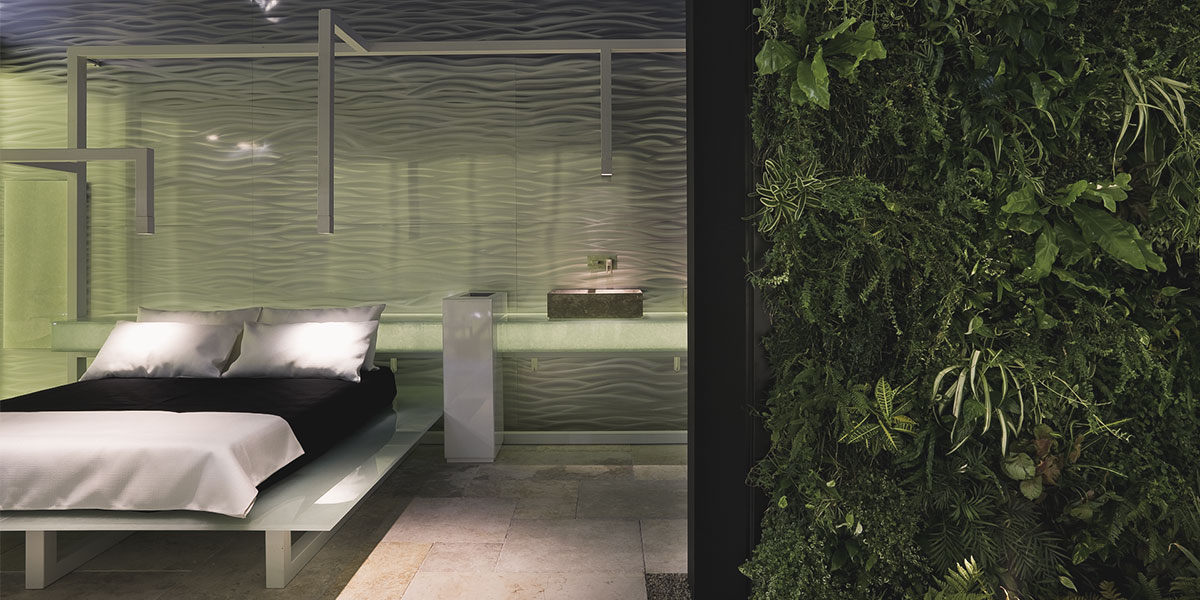
The connection with Nature and its life processes is a primordial necessity, which positively affects the quality of human life, health, psycho-physical balance and individual well-being. Hence the research aimed at combining a natural dimension also in interior spaces, translating the essence of biophilia into a design language and applying it to architecture, interior and product design.

The first definition of the term was proposed by the American biologist Edward O. Wilson who, in the 1990s, described it as follows: “Biophilia is the innate tendency to focus our attention on life forms and on everything that reminds them and , in some circumstances, to become emotionally affiliated with it”.
Biophilic design is therefore based on two components, Nature and Man and is inspired by the profound relationship that binds their existences; the gaze is indeed projected towards the spaces, but for the first time with an attention to sustainability and the mixture of elements linked to both subjects (Man and Nature).

In general, the fundamental parameters concern the enhancement of natural lighting, the view towards green areas, the introduction of plants and flowers whose typology must be carefully selected based on the destination environment, the quality of the air, of the sound and the preference for chromatic shades inspired by the colors of nature.

If these concepts constitute an increasingly decisive driver in the domestic world and in the workplace – where the recent introduction of the WELL protocol partly confirms this direction, however tipping the scales on the individual -, the spaces destined for well-being and the SPAs in particular, owe their success to the perfect balance between human and natural components.
A recent survey conducted in the USA showed that if hotel reception areas were decorated with dense vegetation, customers would spend 30% more time there and that natural light combined with airy and green spaces would increase the clientele in a SPA room by 30%.
The chromotherapy effect – often a real constant of the entire interior project of a wellness center – should instead remain exclusive to some areas designated for treatments, thus favoring natural lighting for the others and where possible a direct view of the landscape, especially in areas of sea, mountains or territories characterized by a great landscape value. In this sense, the close relationship between inside and outside is already an integral part of the relaxation experience, which can alternatively be replaced with a green design, especially in urban contexts. Permanent vertical walls, but also areas to house plants, or even subtle floral decorations are some of the key elements of biophilic design, and an example is our project for Casale del Principe, in Sicily, or the design work for the wellness center of the new Cipriani development that we are following in Punta del Este, Uruguay.
Different cases in which the concept of biophilia is treated in its complexity, linking sustainability, green, attention to man and his psychological and emotional component.

